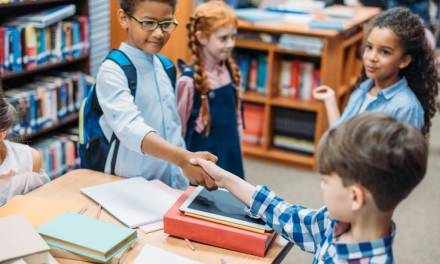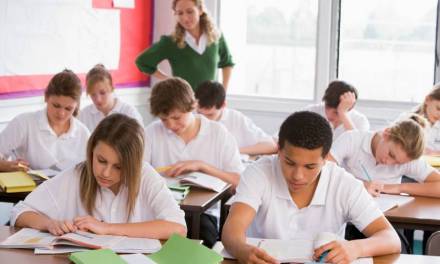Positive reinforcement has long been recognised as an effective method of encouraging positive behaviour in pupils and discouraging the negative.
In learning scenarios, positive reinforcement allows students to learn that desirable behaviour is valued whilst also demonstrating that undesirable behaviour such as refusal to work won’t receive attention or reward.
So, what type of positive reinforcement might help in your classroom?
Direct Reinforcement
This type of reinforcer will stem directly from the pupil acting in a way that is deemed appropriate and will result in further opportunities in the classroom to act in that way.
A good example of this is participating well in group activities. If this is carried out positively by the pupil, then it can be repeated. Over time, this leads to natural reinforcement as the student behaves appropriately during all such activities.
Activity Reinforcement
This works on a slightly different level than direct reinforcement because, while that is aimed at directly influencing a serious task in the future, activity reinforcement is more about a reward in the here and now.
One instance of this can be found in allowing students to participate in a game if their behaviour at other times is appropriate. For older students, this could be adapted to the ability to work with a partner of their choice on an activity.
As teachers, you know the preferences of your cohort when it comes to activity reinforcement, so use that knowledge effectively.
Social Reinforcement
Social reinforcement is simply about being praised for doing something right. Often, especially to pupils, it can seem as though their only interactions with teachers involve being criticised.
These negative interactions may not always be balanced out with positive reinforcement for good behaviour and so students may wonder why they bother. Offering verbal praise is one easy way to apply positive reinforcement to your classroom which encourages pupils to continue trying.
Tangible Reinforcement
This type of reinforcer has something of a bad reputation, mainly because it can include things such as toys, balloons, and edibles. Parents may not always appreciate the use of those and they can inspire jealousy in the classroom rather than provide a form of motivation for future behaviour.
However, tangible reinforcers can also be offered in the form of certificates and letters home to report on good behaviour. As with social reinforcement, it can seem that parents are only involved when something bad happens, so turn this on its head and encourage learning and good behaviour.
Token Reinforcement
Token reinforcement is linked to tangible reinforcement, although the process is slightly different. Instead of being rewarded with a tangible reinforcer following the good behaviour, students collect points or tokens which can later be exchanged for some sort of tangible reinforcer.
So, perhaps, a pencil case or stationery set is on offer to students who reach a certain level of points. Points can be awarded for all sorts of things, including reaching goals in tests and activities.
Let us know in the comments if you have any positive reinforcement strategies to share with other teachers.











i find this truly disgraceful i see it as psychological manipulation of children